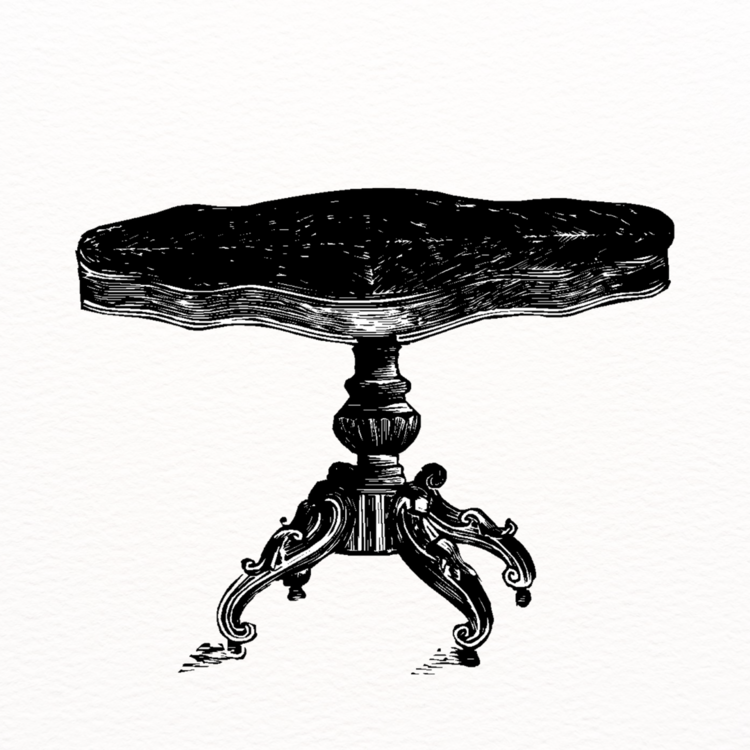Color Psychology is a huge component in Interior Design. For example, did you know that Color Psychology can influence your thoughts in moods? It goes without saying that our minds are amazingly complex. The way we think and perceive the world can be shaped in so many astonishing ways.
While that may seem rather strange, it’s true. Color psychology significantly affects the world around us.
What Is Color?
Essentially, color results from the differing qualities of light being reflected or emitted by them. For instance, the rainbow represents the band of colors that the human mind can perceive. That is, blue, indigo, violet, green, red, orange, and yellow.
Ever wondered why you don’t see black and white colors on a rainbow? Well, that’s because white is the absence of all colors while black is the presence of all colors. This argument is at least according to some.
Science sees it differently. It explains that white emanates when a rather rough surface reflects wavelengths at the same strength. Black, on the other hand, results when an object absorbs all wavelengths as opposed to reflecting them.
Colors are also categorized as either primary, secondary or tertiary. Primary colors include yellow, blue, and red. You may be able to get just about every other color if you combine them.
When it comes to secondary colors, these are the ones that are derived by mixing red, blue, yellow, and red. They include purple, green, and orange.
Finally, the last category of colors is known as tertiary colors. These are formed through the combination of both primary and secondary colors. There are six tertiary colors. They include red-orange, yellow-orange, yellow-green, blue-green, blue-violet, and red-violet.
Interior Design & Color Psychology
Understanding colors may seem rather elementary and straightforward. But it isn’t. The solid understanding of how colors influence the human mind has opened up a smorgasbord of industries, including interior design.
Interior designers use different colors to create different moods in different rooms – to inspire, calm or energize, explains McCaw Management.
In today’s article, we are going to look at the psychological aspects of color and why it’s important in interior design.
Red & Color Psychology In Interior Design

Red is associated with energy, war, danger, strength, and power as well as passion and desire. Interior designers use it to make a ‘cool’ room warmer.
Darker shades of red are used for doors, floors, and walls. This is because these are the first things you see when you enter a home, and red color can instantly energize you.
Yellow & Color Psychology In Interior Design

Yellow is the color of sunshine, hope, and happiness. It also has conflicting associations. On one hand, yellow stands for joy, loyalty, honor, intellect, remembrance, enlightenment, optimism, clarity, positivity, happiness, and freshness.
But on the other, the color represents deceit and cowardice.
If used in the right amounts, yellow can look cheerful, friendly and airy.
Blue & Color Psychology In Interior Design

Blue is the color of the sea and sky. It is usually associated with stability and depth. It symbolizes heaven, faith, loyalty, trust, confidence, wisdom, faith, and truth.
Blue can be a pretty soothing color and instills a sense of peace and serenity. For this reason, interior designers use it in bathrooms and bedrooms.
Green & Color Psychology In Interior Design

Green is the color of nature, there is no disputing that. It’s also the color of rebirth, spring, and renewal. From the perspective of an interior designer, green is a great balancer of the heart as well as emotions.
It’s, therefore, an ideal color to use in living rooms, bedrooms and offices.
Purple & Color Psychology In Interior Design

Purple is associated with royalty, creativity, wisdom, calm, uncertainty, and mystery. Bright purple is associated with royalty and richness, while dark purple is associated with frustration and sadness.
Color psychologists often use it in a girl’s room.
Black & Color Psychology In Interior Design

Black evokes wisdom, mystery, elegance, sophistication, and power. In small amounts, black can help add depth and timeless elegance to any room.
White & Color Psychology In Interior Design

At its purest and complete form, the white color is the color of perfection. It represents purity, innocence, completion, and wholeness.
Interior designers typically use white to make smaller spaces appear larger. White can also help make rooms feel livelier, fresher and crisper.
Orange & Color Psychology In Interior Design

Color psychologists view orange as an energetic color. It calls to mind feelings of warmth, enthusiasm, and excitement. While not a good idea for a living room or bedrooms, this color is great for an exercise room.
In fact, research has found that orange increases oxygen supply to the brain, produces an energizing effect, and stimulates brain activity.
There you have it. The psychological effects of color, and how you can use it to your advantage when designing your home.
Magda Green Design has a team of interior designers in Philadelphia can help create the correct ambience for each room in your home.







